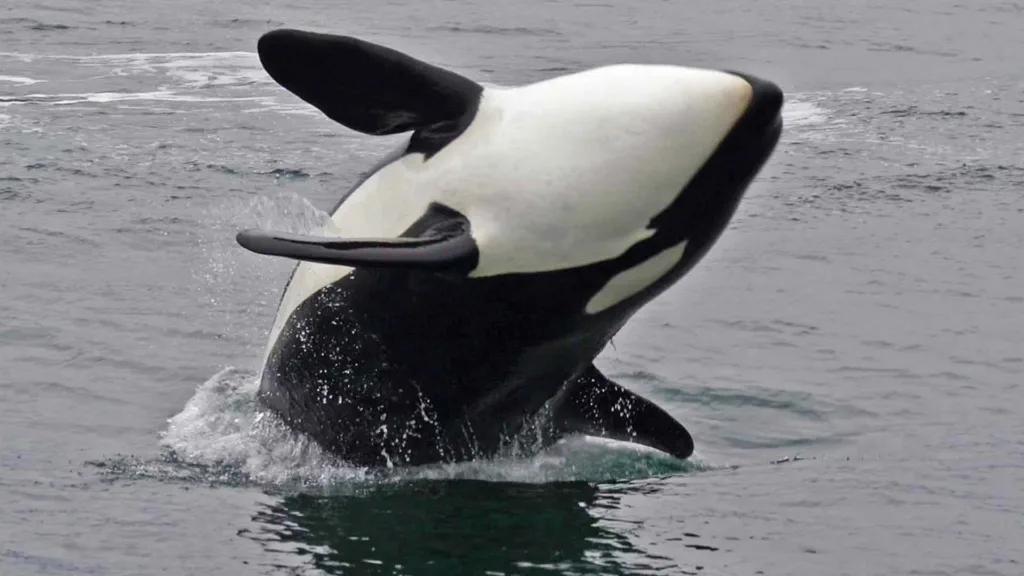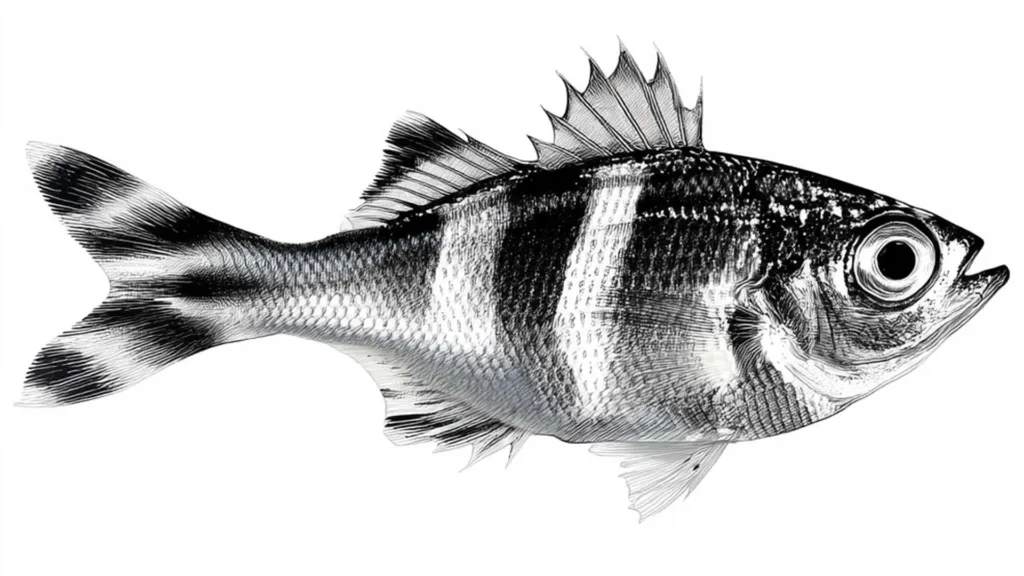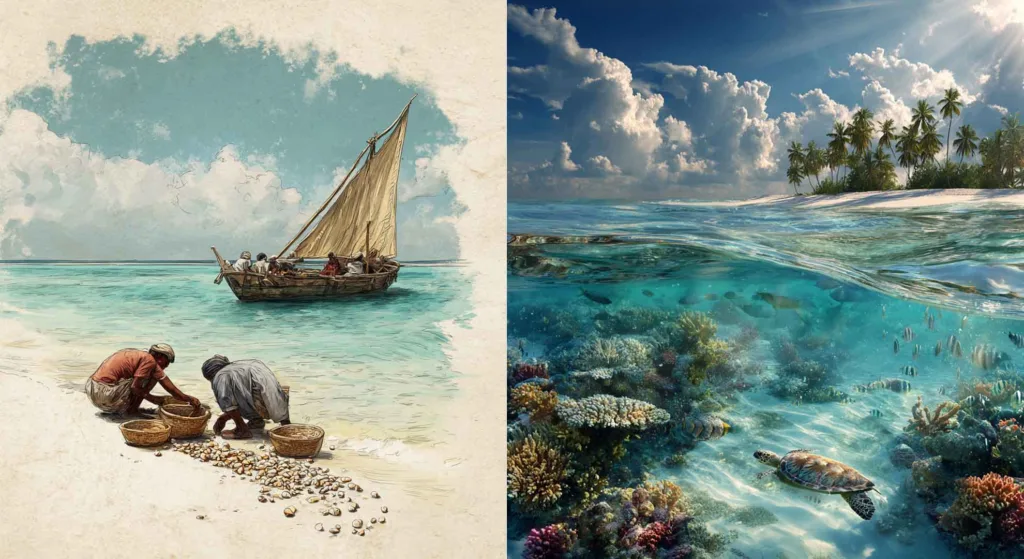
Fishing with lure is exciting. Jigs, poppers, stick baits, skirted lures, soft lures and hard baits are artificial baits used to attract fish. The bait has to be realistic, designed to look and act like living prey. To make a lure, its appearance and colors are important things to consider. Lure profile is important. This presents the lure in silhouette against water. It should resemble the size and shape of bait that lives in the area.
There are many other factors that make a ‘complete’ or perfect lure – size, vibration and its action. Lure action is how it moves through the water. Movement includes rolling, wobbling, fluttering actions. Vibration is also important as fish use it to locate prey.
Predatory fish are opportunistic, meaning they exploit opportunities regardless of principle or attitude. Small baits are an easier meal. But the color and profile are important to target various species. When you decide to go for fishing, the first thing is to finding the fish and the bait that inhabit in the area. Then you can use different colors of lures depending on these factors.
Normally fish attack the injured or wounded bait. This is the theory where they exploit immediate opportunities.
“I often put an opposing color or style stinger on the bar to create the illusion that the trailing bait (the stinger) is weak or wounded, making it generally stand out from the rest of pack,” the experienced Capt. Mark DeBlasio of Bluerunner Sportfishing, USA, explained about logical basis of how predators attack baits.
I have written a separate article about lure colors– “lure colors in fishing.”
Some of the most recommended jig colors for yellowfin tuna include:
- Blue: Blue jigs are a popular choice, as they closely resemble many of the small baitfish that yellowfin tuna prey upon.
- Silver: Silver jigs are effective in mimicking the reflective scales of baitfish and can be particularly useful in bright, sunny conditions.
- Green: When yellowfin tuna feeds on small green-colored baitfish, green jigs can be used.
When it comes to color, blue and white is good. With green, these three colors are good choices when choosing the jig color. Many people have experienced the following color combinations:
DeBlasio and his crew use darker colors such as purple/black during low light and brighter colors during bright conditions.
“Colors usually start with the ‘go to’ standards: zucchini, green and a purple/black mix. In the spread, we may add pink, rainbow or glow colors and evaluate their performance. If we see a trend develop on color, we will add more of that color to the spread.” DeBlasio said (Newhall, 2023).
- green and yellow
- green alone with cross or long strips
- yellow and orange
- black and purple
- blue, pearl/silver
- green and strands of pink/red (evil red)
- orange, chartreuse
- yellow and white
- and luminous green with touches of blue
Pattern
The lures must be perfect and natural. The more natural it looks its presentation will attract the fish. Therefore, it is important to choose lures that mimic the look and behavior of the baitfish. These days lures are extravagant and high-class.
Lure position
Don’t position too high on the wave face. It will pop out and tumble. Keep it in the bottom third or half of the different pressure wave’s face.
Line elevation
You would require greater elevation for the position if the lure is further. It will be flat-lined for the lures closest to the boat’s stern which is the second pressure wave. The third and fourth pressure waves enable lures to position and move directly off the rod tips. The distanced lures need up rigger to get the elevation required to perform well. Trolling speeds are very important for spreads. Keep at 6.5 to 7.5 knots.



